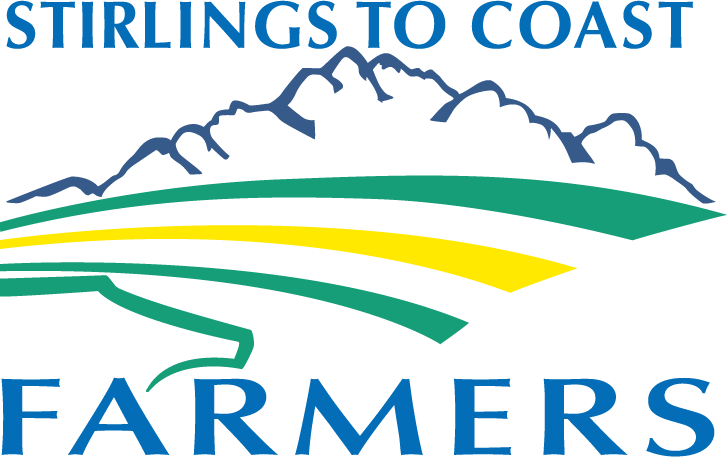FEED 365
The project forms part of the larger DPIRD project ‘SheepLinks FEED 365’ supported through funding from the Meat and Livestock Australia Donor Company. The aim of SCF’s component of this project is to establish and maintain demonstration sites of selected forage treatments and to collect sheep performance data to compare the performance of these forages to standard farm practice with the view to finding new forage systems to provide year-round feed to sheep.
Producer Demonstration Site 1:
Summer-sown serradella and triticale to fill the autumn and early winter feed gap on the South Coast of WA
A current snapshot of grower enterprise
Location: Amelup
Rotation: pasture, canola, cereal, pasture
Current pasture management: Grower relies on the regeneration of sub clover. However, will seed balansa clover or, on the heavier county, medic where necessary.
Why serradella/triticale?
Many growers in the region are mixed farmers and have to balance the livestock and cropping enterprises. A pasture that can provide dual benefits to both is highly sought after, particularly when dealing with autumn feed gap issues and high fertiliser prices. Many growers still rely solely on the regeneration of sub-clovers, and demonstration of the early feed benefits of a summer-sown serradella/triticale mix, in addition to the nitrogen fixation benefits, to growers in the region would aid in adoption.
Control Paddock
A control paddock would be selected (of similar size) to compare standard grower practice with the serradella/triticale improvement. The measurements would be the same across both paddocks to allow for comparison.
Measurements
Producer Demonstration Site 2
Increasing the production from saltbush stands in the Great Southern Region of WA
A current snapshot of grower enterprise
Location: Frankland River
Rotation: Permanent pasture (in paddocks designated for the trial)
Current pasture management: Grower has established stands of saltbush and is keen on trialling perennial grasses (or anything else suited) to increase the production from these areas.
Why saltbush?
Salinity is an increasing concern for growers along the South Coast and in the Great Southern of WA. The grower keen on participating in this project was concerned that parts of paddocks along creek lines were becoming salty. Saltbush was established and is growing well but the grower is keen to push the production of these areas. He has suggested sowing perennial grasses in with the established saltbush but is open to any recommendations. Angelo Loi has suggested tetraploid ryegrass, cereal rye or triticale as potential options.
Control paddock
A control paddock would be selected (of similar size) to compare livestock production on unimproved saltbush stands (if possible), otherwise another permanent pasture paddock (with no saltbush) could be selected. The measurements would be the same across both paddocks to allow for comparison.
Measurements
RESOURCES
Newsletter Articles
Trials Review Book Articles
ACKNOWLEDGEMENTS
This project is part of a Department of Primary Industries and Regional Development program supported by funding from Meat and Livestock Australia through the MLA Donor Company.





